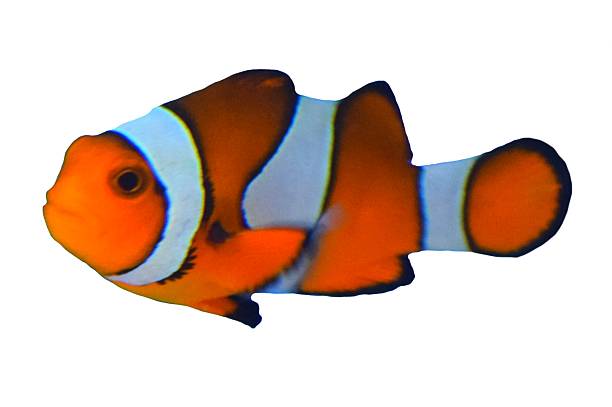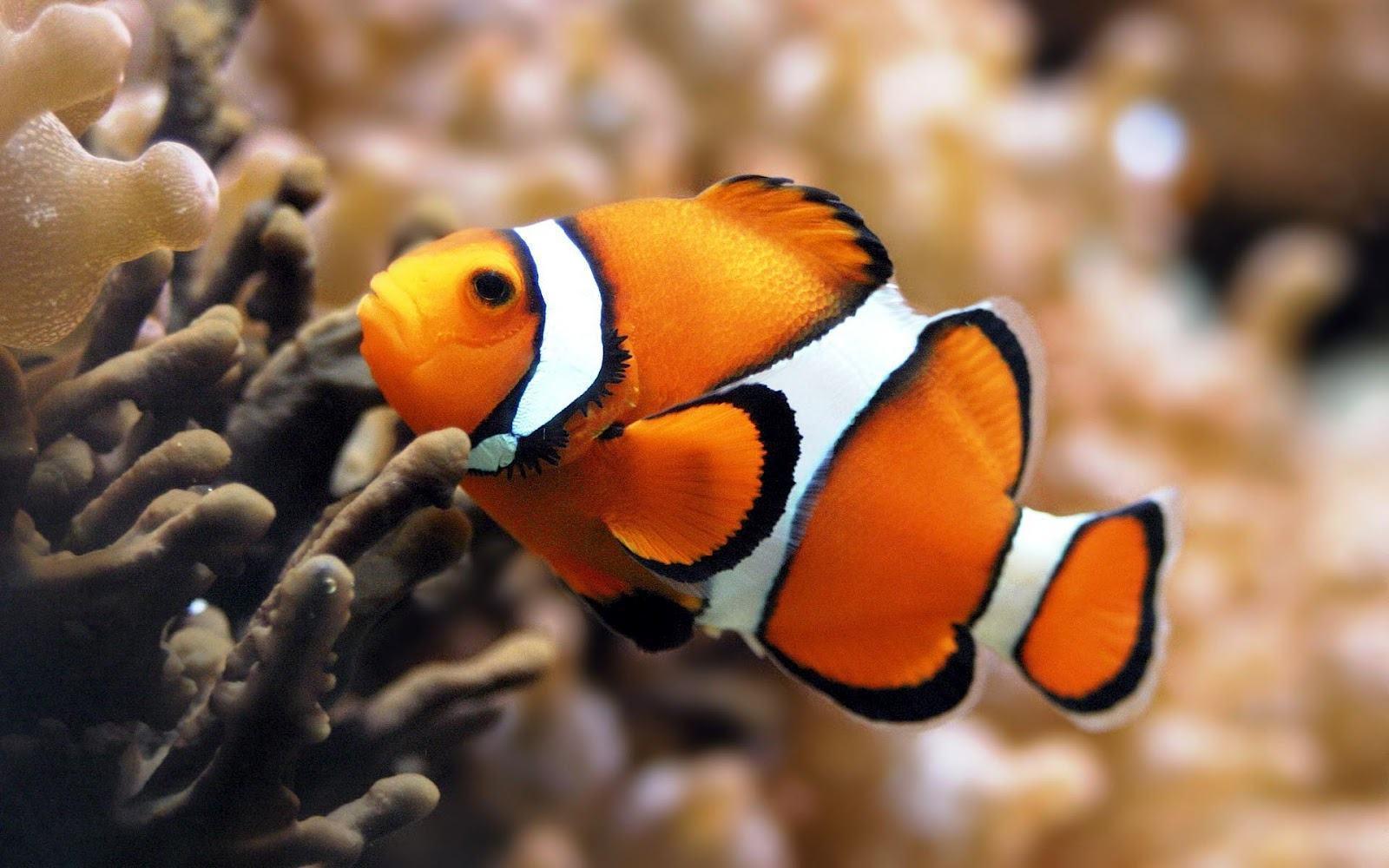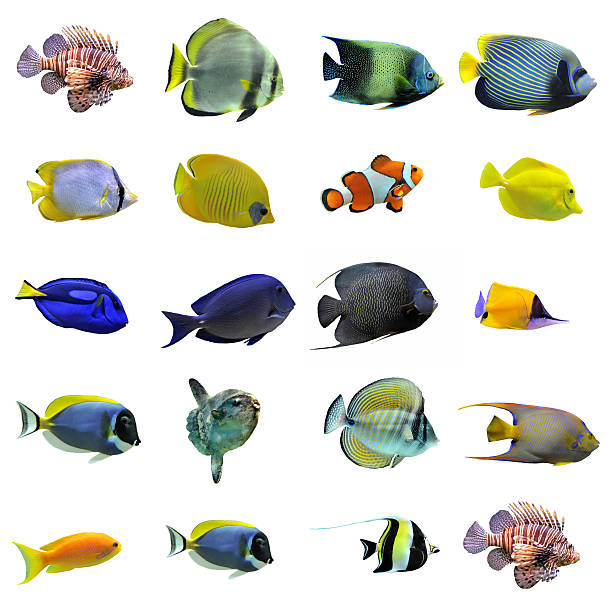All Categories
Featured
Table of Contents
- – Creating an Underwater Paradise: Design Ideas ...
- – 1. Water Temperature and pH Levels
- – 2. Tank Size and Capacity
- – 3. Tank Decor
- – 4. Filtration Systems
- – 5. Regular Maintenance
- – Frequently Asked Questions
- – What water temperature do tropical fish tanks...
- – How do I maintain the water quality in a trop...
- – Create a Captivating Underwater World with a T...
- – Setting Up the Ideal Environment for Your Trop...
- – Water Temperature
- – pH Levels
- – Filtration Systems
- – Choosing the Right Tank Size and Decor
- – Maintaining Your Tropical Fish Tank
- – Partial Water Changes
- – Cleaning the Tank and Equipment
- – Monitoring Fish Health
- – Balanced Diet and Feeding
- – Conclusion
- – Can I keep different species of tropical fish...
- – How often should I test the water parameters ...
- – Introduction
- – Tropical Fish Tank Setup
- – 1. Tank Size and Capacity
- – 2. Water Temperature and pH Levels
- – 3. Aquarium Filtration System
- – 4. Tank Decor
- – Tropical Fish Species
- – 1. Guppies
- – 2. Angelfish
- – 3. Neon Tetras
- – 4. Discus Fish
- – Tropical Fish Tank Maintenance
- – 1. Partial Water Changes
- – 2. Cleaning the Tank and Equipment
- – 3. Monitoring Fish Health
- – 4. Balanced Diet
- – Frequently Asked Questions
- – What size tank is suitable for a tropical fis...
- – How often should I clean my tropical fish tank?
- – Conclusion
- – Tropical Fish Tanks: Choosing the Perfect Tro...
Creating an Underwater Paradise: Design Ideas for Tropical Fish Tanks
Tropical fish tanks are a popular choice for aquarium enthusiasts due to their vibrant and diverse range of species. These tanks recreate the natural habitat of tropical fish and provide a visually stunning addition to any space. In this article, we will explore design ideas for creating an underwater paradise in tropical fish tanks.
1. Water Temperature and pH Levels
One of the key aspects of maintaining a tropical fish tank is creating the ideal environment for the fish to thrive. This involves careful consideration of factors such as water temperature and pH levels. Most tropical fish require a water temperature of around 75-82 degrees Fahrenheit and a pH level between 6.5 and 7.5. Regular water testing and adjustments are necessary to ensure the optimal conditions for the fish.
2. Tank Size and Capacity
Tropical fish tanks can be set up in various sizes, depending on the owner's preferences and available space. Larger tanks are generally easier to maintain as they provide a more stable environment for the fish. It is important to consider the number of fish and their size when determining the tank capacity. Overcrowding can cause stress and lead to various health issues among the fish.
3. Tank Decor
In terms of tank decor, natural elements such as rocks, plants, and driftwood are commonly used to mimic the fish's natural habitat. These not only provide hiding places and a sense of security for the fish but also enhance the overall aesthetics of the tank. Live plants can also act as natural filters, aiding in maintaining water quality.
4. Filtration Systems
Proper filtration is crucial for the health of the fish and the overall cleanliness of the tank. There are various types of filtration systems available, including mechanical, chemical, and biological filters. Mechanical filters remove particles and debris from the water, while chemical filters remove toxins and odors. Biological filters aid in maintaining the nitrogen cycle, converting harmful ammonia into less harmful compounds.
5. Regular Maintenance
Regular maintenance is essential to keep the tropical fish tank in optimal condition. This includes partial water changes, cleaning the tank and equipment, and monitoring the fish for any signs of illness or distress. Fish should be fed a balanced diet, and overfeeding should be avoided to prevent water pollution.
Tropical fish tanks offer a captivating and tranquil display of the underwater world. With proper care and attention, they can provide a rewarding hobby for aquarium enthusiasts. It is vital to research and understand the specific needs of the fish species being kept to ensure their well-being and longevity in the tank.
Frequently Asked Questions
What water temperature do tropical fish tanks require?
How do I maintain the water quality in a tropical fish tank?

Create a Captivating Underwater World with a Tropical Fish Tank
Tropical fish tanks offer a captivating and tranquil display of the underwater world. Their vibrant and diverse range of species make them a popular choice for aquarium enthusiasts. Whether you're a beginner or an experienced fishkeeper, setting up and maintaining a tropical fish tank can be a rewarding hobby. In this guide, we'll explore the key aspects of creating a beautiful tropical fish tank and ensuring the well-being of your fish.
Setting Up the Ideal Environment for Your Tropical Fish
One of the key aspects of maintaining a tropical fish tank is creating the ideal environment for the fish to thrive. This involves careful consideration of factors such as water temperature, pH levels, and filtration systems.
Water Temperature
Tropical fish require a specific water temperature to thrive. Most tropical fish species prefer a temperature range of 75-82 degrees Fahrenheit. It's essential to invest in a reliable aquarium heater to maintain a consistent water temperature within this range. Regular monitoring and adjustments may be necessary to ensure the optimal conditions for your fish.
pH Levels
pH levels measure the acidity or alkalinity of the water in your fish tank. Most tropical fish species thrive in a pH range between 6.5 and 7.5. It's crucial to test the pH levels regularly using a reliable aquarium pH test kit. If the pH levels deviate from the ideal range, adjustments can be made using pH buffers or additives specifically designed for aquarium use.
Filtration Systems
Proper filtration is crucial for the health of your fish and the overall cleanliness of the tank. There are various types of filtration systems available, including mechanical, chemical, and biological filters.
Mechanical filters remove particles and debris from the water, keeping it clean and clear. Chemical filters utilize activated carbon or other media to remove toxins and odors from the water. Biological filters promote the growth of beneficial bacteria that help break down harmful substances, such as ammonia, into less harmful compounds.
It's important to choose a filtration system that suits the size of your tank and the needs of your fish. A combination of different filter types may be necessary to ensure efficient filtration and maintain water quality.
Choosing the Right Tank Size and Decor
Tropical fish tanks can be set up in various sizes, depending on your preferences and available space. While smaller tanks may be more suitable for beginners, larger tanks are generally easier to maintain as they provide a more stable environment for the fish.
It's important to consider the number of fish and their potential size when determining the tank capacity. Overcrowding can cause stress and lead to various health issues among the fish. Research the specific requirements of the fish species you plan to keep and ensure they have enough space to swim and thrive.
When it comes to tank decor, natural elements such as rocks, plants, and driftwood are commonly used to mimic the fish's natural habitat. These decorative elements not only provide hiding places and a sense of security for the fish but also enhance the overall aesthetics of the tank.
Live plants can also act as natural filters by absorbing nitrates, phosphates, and other nutrients that can contribute to poor water quality. They provide additional oxygen and help maintain a balanced ecosystem within the tank. However, it's important to choose plants that are compatible with the needs of your fish and capable of surviving in an aquatic environment.
Maintaining Your Tropical Fish Tank
Regular maintenance is essential to keep your tropical fish tank in optimal condition. By following a few simple steps, you can ensure the well-being of your fish and enjoy a beautiful, thriving aquarium.
Partial Water Changes
Regular partial water changes are necessary to remove accumulated debris, excess nutrients, and to maintain water quality. Aim to change approximately 10-15% of the water every one to two weeks. Be sure to treat the new water with a suitable dechlorinator to neutralize harmful chlorine and chloramines.
Cleaning the Tank and Equipment
Cleanliness is essential to prevent the buildup of algae, bacteria, and other undesirable substances in the tank. Regularly clean the glass or acrylic walls of the tank, as well as any decorations and equipment. Avoid using harsh cleaning agents, as they can be toxic to your fish. Instead, use a soft brush or sponge and rinse with clean water.
Monitoring Fish Health
Regularly monitor your fish for any signs of illness or distress. Look out for changes in behavior, appetite, or physical appearance. If you notice any abnormalities, consult with a knowledgeable aquarium professional or veterinarian specializing in fish health.
Balanced Diet and Feeding
Feeding your fish a balanced diet is essential for their overall health and well-being. Research the specific dietary requirements of the fish species you have and provide a variety of high-quality feeds formulated for tropical fish. It's important not to overfeed your fish, as excess food can lead to water pollution and other health problems. Feed them small amounts multiple times a day, and remove any uneaten food to maintain water quality.
Conclusion
Tropical fish tanks are a beautiful addition to any home or office space. By creating the ideal environment, paying attention to water temperature and pH levels, and providing proper filtration and maintenance, you can ensure the well-being of your fish and enjoy a captivating underwater world.
Remember to research the specific needs of the fish species you plan to keep and consult with experienced aquarium professionals or enthusiasts for guidance. With the right knowledge and care, you can infuse joy and calm into your home with a stunning tropical fish tank.
Can I keep different species of tropical fish together in the same tank?
How often should I test the water parameters in my tropical fish tank?

Introduction
Tropical fish tanks are a captivating and vibrant addition to any space. They offer a glimpse into the thriving world of underwater life, providing a serene and visually stunning display. With their wide range of species and vibrant colors, tropical fish tanks have become a popular choice among aquarium enthusiasts. In this comprehensive guide, we will explore the fascinating world of tropical fish tanks, covering topics such as tank setup, maintenance, fish species, and more.
Tropical Fish Tank Setup
Setting up a tropical fish tank requires careful planning to create the ideal environment for the fish to thrive. Here are some key steps to follow:
1. Tank Size and Capacity
The size of the tank plays a crucial role in providing a stable environment for the fish. Larger tanks are generally easier to maintain as they provide a more stable water temperature and allow for better filtration. When determining the tank capacity, consider the number of fish and their size. Avoid overcrowding to prevent stress and health issues among the fish.
2. Water Temperature and pH Levels
Most tropical fish species thrive in water temperatures between 75-82 degrees Fahrenheit. It is essential to invest in a reliable aquarium heater to maintain a consistent temperature. Additionally, regularly test the pH levels of the water and ensure it falls between 6.5 and 7.5, as different fish species have specific pH requirements.
3. Aquarium Filtration System
Proper filtration is crucial for maintaining optimal water quality in a tropical fish tank. There are three main types of filtration systems to consider:
- Mechanical Filters: These filters remove debris and particles from the water, such as uneaten food and fish waste.
- Chemical Filters: Chemical filters help remove toxins and odors from the water, keeping it clean and healthy for the fish.
- Biological Filters: Biological filters aid in maintaining the nitrogen cycle in the tank, converting harmful ammonia into less harmful nitrites and nitrates.
4. Tank Decor
Add natural elements such as rocks, plants, and driftwood to your tropical fish tank to mimic the fish's natural habitat. These elements provide hiding places and a sense of security for the fish while enhancing the overall aesthetics of the tank. Live plants can also act as natural filters, helping to maintain water quality.
Tropical Fish Species
One of the most exciting aspects of tropical fish tanks is the wide array of fish species available. Here are some popular tropical fish species:
1. Guppies
Guppies are small, colorful fish that are easy to maintain and breed. They come in a variety of colors and patterns, making them a popular choice for beginners.
2. Angelfish
Angelfish are known for their elegant shape and striking colors. They require slightly warmer water temperatures and a spacious tank to accommodate their size.
3. Neon Tetras
Neon Tetras are small, peaceful fish with vibrant neon colors. They are easy to care for and are often kept in schools to create a stunning visual display.
4. Discus Fish
Discus fish are known for their distinctive round shape and vibrant colors. They require pristine water conditions and a larger tank due to their size.
Tropical Fish Tank Maintenance
Maintaining a tropical fish tank requires regular care to ensure the health and well-being of the fish. Here are some essential maintenance tasks:
1. Partial Water Changes
Regular partial water changes are necessary to remove any accumulated toxins and maintain water quality. Aim to change 10-20% of the water every 1-2 weeks, depending on the tank's size and fish population.
2. Cleaning the Tank and Equipment
Regularly clean the tank walls, substrate, and any decorations to prevent the buildup of algae and debris. It is also important to clean and maintain the filtration system to ensure its efficiency.
3. Monitoring Fish Health
Closely observe the fish for any signs of illness or distress, such as changes in behavior, loss of appetite, or physical abnormalities. If you notice any issues, consult a veterinarian with experience in tropical fish for appropriate diagnosis and treatment.
4. Balanced Diet
Provide a balanced diet for the fish to ensure their optimal health. Different fish species have specific dietary requirements, so research their needs and feed them a variety of high-quality fish food.
Frequently Asked Questions
What size tank is suitable for a tropical fish setup?
How often should I clean my tropical fish tank?
Conclusion
Tropical fish tanks offer a captivating and tranquil display of the underwater world. With their vibrant colors and diverse range of species, these tanks provide a visually stunning addition to any space. By following proper tank setup and maintenance procedures, as well as research on specific fish species, you can create an ideal environment for your tropical fish to thrive. So dive into the thriving world of tropical fish tanks and enjoy the rewards of this fascinating hobby!
Tropical Fish Diseases: Embrace the Beauty of Nature: Elevate Your Space with a Tropical Fish Tank

Tropical Fish Diseases Embrace the Beauty of Nature: Elevate Your Space with a Tropical Fish Tank
More about Tropical Fish Tanks: Find Similar
Tropical Fish Tanks: Choosing the Perfect Tropical Fish for Your Exquisite Aquarium
Embrace the Beauty of Nature: Elevate Your Space with a Tropical Fish Tank
© 2023 - Tropical Fish Tanks All Rights Reserved.
Table of Contents
- – Creating an Underwater Paradise: Design Ideas ...
- – 1. Water Temperature and pH Levels
- – 2. Tank Size and Capacity
- – 3. Tank Decor
- – 4. Filtration Systems
- – 5. Regular Maintenance
- – Frequently Asked Questions
- – What water temperature do tropical fish tanks...
- – How do I maintain the water quality in a trop...
- – Create a Captivating Underwater World with a T...
- – Setting Up the Ideal Environment for Your Trop...
- – Water Temperature
- – pH Levels
- – Filtration Systems
- – Choosing the Right Tank Size and Decor
- – Maintaining Your Tropical Fish Tank
- – Partial Water Changes
- – Cleaning the Tank and Equipment
- – Monitoring Fish Health
- – Balanced Diet and Feeding
- – Conclusion
- – Can I keep different species of tropical fish...
- – How often should I test the water parameters ...
- – Introduction
- – Tropical Fish Tank Setup
- – 1. Tank Size and Capacity
- – 2. Water Temperature and pH Levels
- – 3. Aquarium Filtration System
- – 4. Tank Decor
- – Tropical Fish Species
- – 1. Guppies
- – 2. Angelfish
- – 3. Neon Tetras
- – 4. Discus Fish
- – Tropical Fish Tank Maintenance
- – 1. Partial Water Changes
- – 2. Cleaning the Tank and Equipment
- – 3. Monitoring Fish Health
- – 4. Balanced Diet
- – Frequently Asked Questions
- – What size tank is suitable for a tropical fis...
- – How often should I clean my tropical fish tank?
- – Conclusion
- – Tropical Fish Tanks: Choosing the Perfect Tro...
Latest Posts
User-Friendly Interface
Types of Career Portfolios
How Dropshipping Facilitates eCommerce
More
Latest Posts
User-Friendly Interface
Types of Career Portfolios
How Dropshipping Facilitates eCommerce